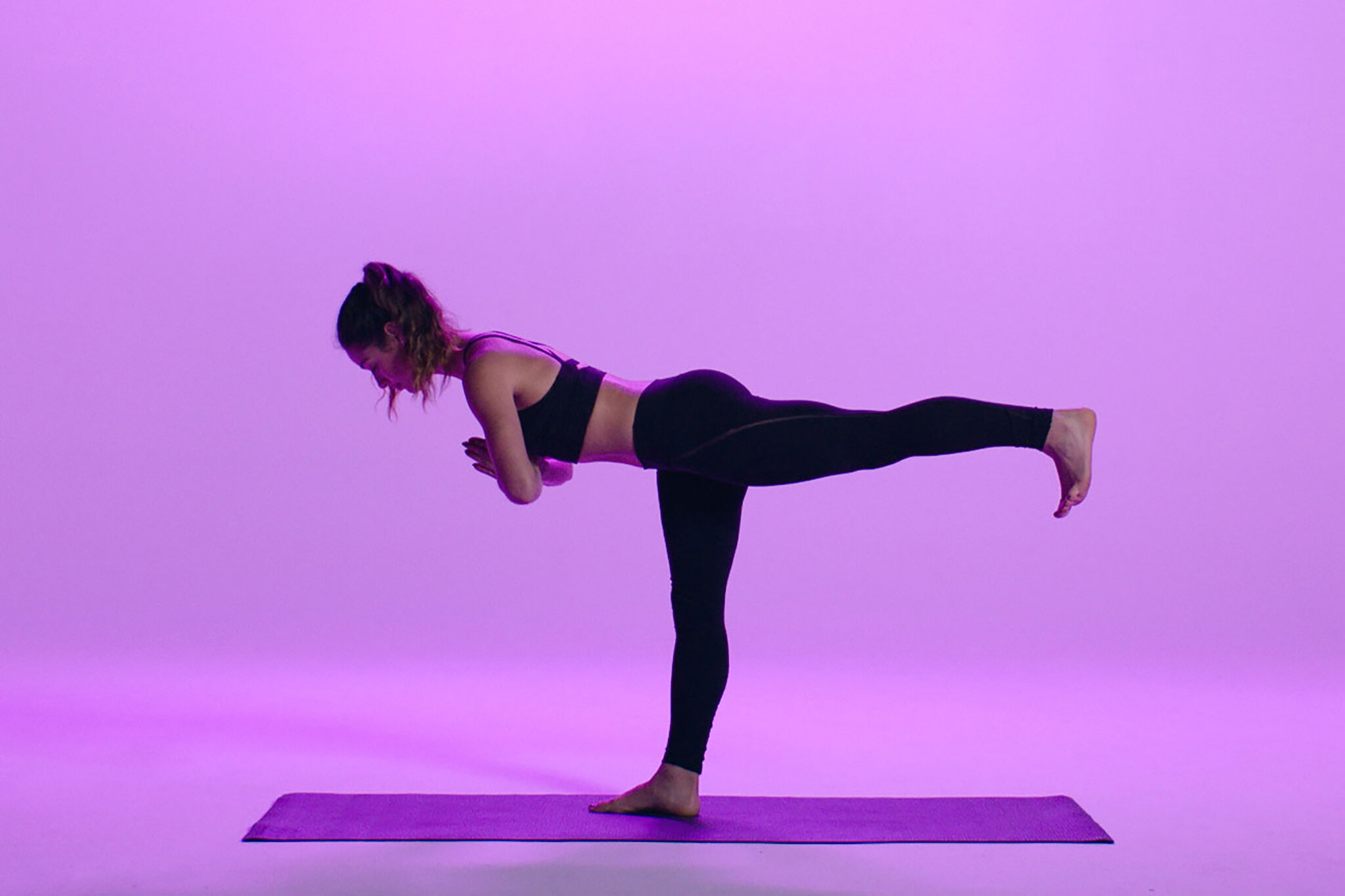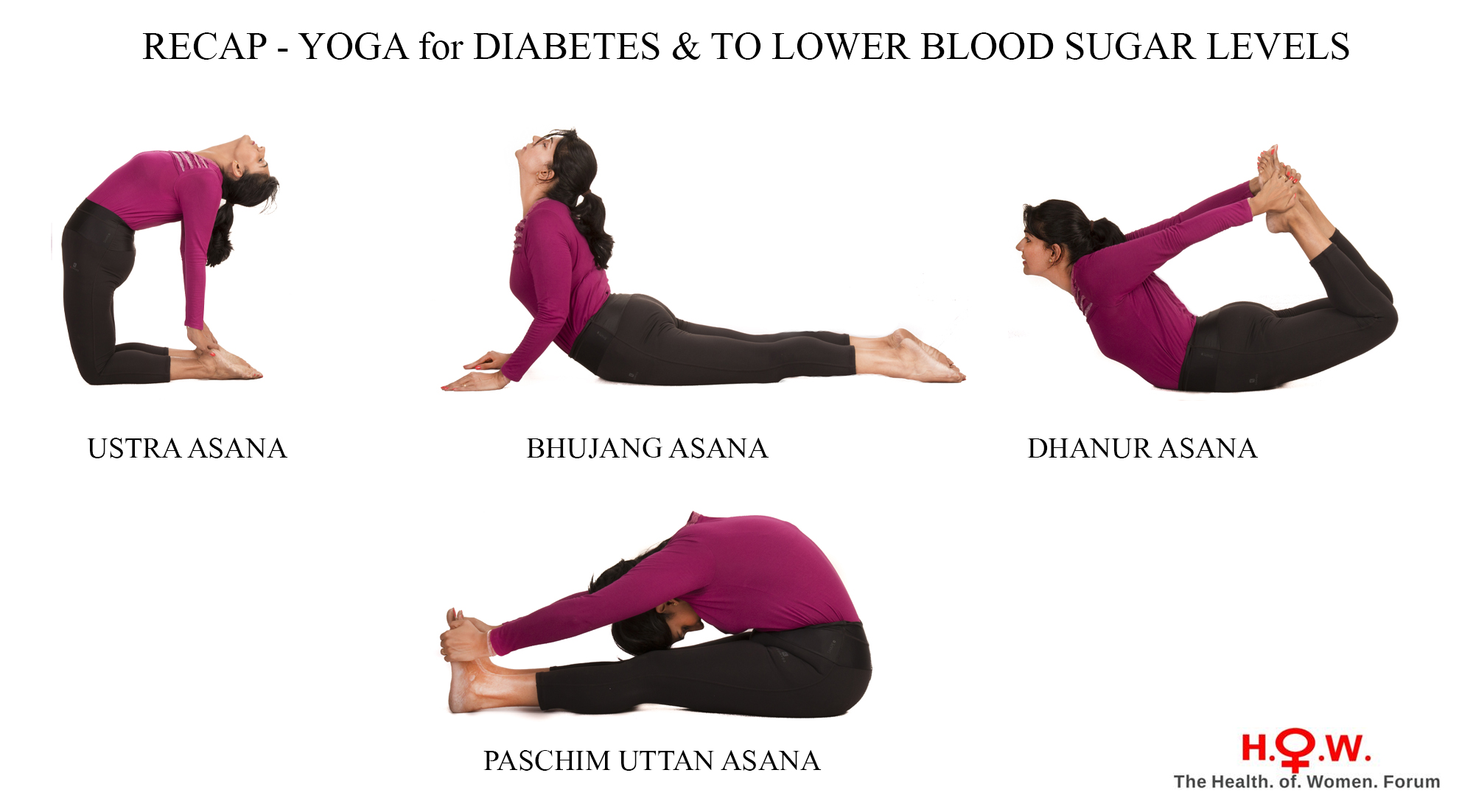
The Yoga Sutras by Patajali is a collection of 196 Sanskrit-language sutras. The texts were compiled by Patanjali in the early centuries of CE. He synthesised the wisdom and traditions about yoga. Although initially a work in process, the sutras are now considered to be one of the best sources of information for yoga practice.
There are four chapters to the Yoga Sutras. The first chapter focuses on enlightenment. Four chapters follow that discuss the journey to the goal. The 52 sutras provide information on the benefits of meditation and kriyas. The 54/55 sutras detail Ashtanga and Karma yoga. The benefits of regular meditation are explained in the last two sutras.
Patanjali’s Yoga Sutras are regarded as the foundational text and basis of yoga. They are composed of 196 short verses. Though they are believed to date back to 400 B.C., scholars believe that Patanjali was not the creator of yoga, but rather a great expounder of the art. The sutras can be divided into five levels or padas.
Samadhi, the eighth limb, is it. Pure contemplation, the highest goal of yoga and the most important one, is the ultimate goal. In the Sutras, nirbija-samadhi, also known as seedless contemplation, is achieved when the body is completely separate from the spirit. This is when the mind is completely free from all egos and matter.

Yoga is a spiritual endeavor. The Yoga Sutras provide the basis of this practice. It is a way to observe the principles of nature. The three elements of nature are: sattva; rajasa; and tamasva. The sattva yama is the first and most important, and it is also the most difficult to achieve. It is hard to comprehend the purpose and importance of the other three. However, ahimsa stands out as the highest.
The Yama, Niyama and the third section of the Yoga Sutras' first book are divided. The first is a biography that includes a description of Patanjali. This biography is about the famed yogi. The most important yoga sutras can be found in the second volume. They also provide information on the history of yoga. In addition to the historical background, the sutras include a detailed discussion about the origins of yoga.
The original text of the Sutras are divided into four sections, the Mahabhashya and the Pranayama. The Mahabhashya chapter is the third and most important. It provides an overview of the theory and practice for yoga and explains how to reach enlightenment. The defense of Panini is the fourth chapter.
The Yoga Sutras form the heart of Patanjali’s second book. Although the Sanskrit language is used for the words, it's the Sanskrit meaning of "thread" that the word sutra refers to. The Sutras are a part of Hindu Scripture. It is the basis of yoga. Its composition dates range from 250 BCE to the early centuries of the first millennium CE.
Yoga Sutras often contain dense, complex language and difficult content. Due to their difficulty, a comment on the Yoga sutras would be highly recommended. But it is not an essential part of the Yoga sutras. Although there is disagreement about the translations of Yoga sutras, the text remains the heart of the book. Some versions of this book use the term "asana", to describe a single position, while others use it to indicate multiple postures.

The Yoga Philosophy Sutras of Patanjali are considered one the most important yogic texts. You can learn the Sutras whether you are looking to do yoga in modern times or the old techniques. These Sutras are relevant to modern yoga. It is up to you how you choose to practice the Yoga Sutras. There are many benefits to learning the Yoga Philosophy from Patanjali.
In a wide variety of sacred texts, Patanjali shares his insight. His writings define the eight limbs of yoga, the five types of yogi bodies, and the five qualities of a yogi's mind. These Sutras provide inspiration and should be studied. This book will help to understand the basics of Yoga.
FAQ
Is it true that overeating protein causes kidney stones?
Protein helps maintain healthy bone and tissue. However, too much protein can result in calcium excretion through the urine. This can lead to kidney stone formation.
It is important that you note that not all people develop kidney stones when they consume more than 2 grams of protein per kg (2.2 pounds). You don't have to eat a lot of protein to get kidney stones.
You can prevent kidney stones by watching your sodium consumption. Sodium regulates the body's water balance. High levels of sodium are linked to a greater risk of developing renal stones.
If you have kidney stones, you can reduce your intake of protein. Protein provides about half of the daily caloric needs for most adults. Reduce your intake of protein and you will likely lose weight.
If you do decide to eat more protein, don't go overboard. Do not eat more than 20% of your daily calories from protein.
Egg is good for men?
The egg has all the nutrients the body requires. It supports strong bones, healthy heart, lungs, and stable blood sugar.
Eggs are a good source of protein and vitamins A, B12, D, E K, calcium, phosphorus iron, zinc copper, magnesium selenium and even riboflavin.
Egg yolks are high in cholesterol. It does not contain any saturated fat. Eggs are lower in saturated fat than other foods.
In addition, they are low in sodium and calories. They can also be prepared in many different ways. They can be cooked in a variety of ways: poach, saute, bake, hard-boil or fry.
They are very nutritious and easy-to-prepare.
At least two whole eggs should be consumed each day. You can add eggs to your diet if you don't like eating eggs.
Essential nutrients are provided by eggs. Try adding them to your daily diet today.
Why Metabolic Health Is the Key to Aging Well?
People live longer lives than ever before. But as they do, they're also getting sicker. Despite making great progress in medical science, it is becoming more apparent that our current approach to medicine is not working.
We have to change how we see health and aging. Healthful aging requires that we start to think about metabolic health, which is not only weight loss but overall well-being.
To live a full and active life, your metabolism should be healthy all your life.
There are many ways you can improve your metabolic health. These 7 foods can be incorporated into your diet.
-
Resveratrol is a component of blueberries that has been proven to improve cellular longevity. They also contain antioxidants and vitamins C & E.
-
Lentils and pinto beans, which are legumes, provide great fiber and plant-based sources of protein. These nutrients are important for maintaining blood sugar levels that don't spike, crash or change.
-
Broccoli is rich in sulforaphane. Studies have shown that it protects cells from DNA damage. It may even be able to slow down cancer progression.
-
Chia seeds are rich in fiber and omega-3 fatty acid. They are rich in protein and antioxidants. All of these nutrients can promote heart health and brain function as well as gut health.
-
Green Tea has polyphenols called catechins. Studies show that catechins in green Tea can reduce the risk of developing diabetes, stroke, cognitive decline, and bone fractures.
-
Salmonis one of the best sources of lean protein, low in saturated fat, and packed with vitamin D.
-
Walnuts are rich in omega-3s as well as antioxidants such alpha lipoic acids (ALA). ALA aids in energy production and protection against inflammation.
Statistics
- Cardmembers earn 5% Back at Amazon.com with a Prime Credit Card. (amazon.com)
- 10 pounds in a month is likely during a lean bulking phase, especially for beginners. (muscleandstrength.com)
- The PRS enabled risk stratification for overall prostate cancer and lethal disease with a four-fold difference between men in the highest and lowest quartiles (HR, 4.32; 95% confidence interval [CI], 3.16-5.89). (pubmed.ncbi.nlm.nih.gov)
- According to the American Academy of Dermatology (AAD), men over 50 are at a heightened risk of developing it. (healthline.com)
- An estimated calorie range for moderately active adult males falls between 2,200 to 2,800 calories per day, depending on age. (eatright.org)
External Links
How To
How can I burn fat while exercising?
Exercise reduces calories by increasing metabolism, and oxygen consumption.
You'll lose weight safely if you exercise at moderate intensity.
These are some tips to help you lose fat while working out:
-
Cardio exercises include swimming, running or cycling.
-
For 30 minutes, do it three times a week.
-
You can add strength training into your exercise routine if you're looking to lose even more weight.
-
Avoid intense workouts. You can build muscle without breaking down muscle tissue.
-
When exercising, make sure to drink lots of water. Water helps to flush out toxins from the body and maintains proper hydration.
-
After exercising, consume low-fat protein smoothies. Protein shakes can help boost energy and repair muscles.
-
So you don’t feel hungry, eat smaller meals throughout your day.
-
Don't skip breakfast! Skipping breakfast can lead to fatigue and sluggishness.
-
Take care to your mental well-being. Stressful situations can slow down metabolism.
-
Keep a positive attitude. Studies have shown that people who are convinced they are overweight gain more weight than those who feel they look attractive.
-
Sleep enough. Insufficient sleep can make it more difficult to lose weight.
-
Active living is key. Get up every hour and get moving.
-
Maintain a healthy diet. Eating right keeps you feeling full and satisfied longer.
-
Find relaxation methods. Tenseness can cause stress hormones to break down muscle tissue.
A balanced diet includes all essential nutrients needed for growth and development.
Consider eating six small meals daily instead of three big ones. This allows your body to properly digest what you have eaten.
For strong bones to be maintained, you need approximately 500mg of calcium per day. Calcium can also be found in milk products, yogurt, fortified Soy beverages, orange Juice, cereals and bread.
Calcium is found in leafy green vegetables and beans, tofu as well as nuts, seeds, cheese, and seeds.
Vitamin D is required for calcium absorption. It's found in fatty fish, egg yolk, and some fortified foods.
Vitamin E is vital for your skin's health. Vitamin E is found in vegetable oils and wheat germ oil, as well as peanuts, almonds and sunflower seeds.
Your body needs zinc to maintain normal immune function and heal wounds. Zinc can also be found in legumes, oysters, meats and whole grains.
Zinc deficiencies can lead to fatigue, decreased appetite, depression, and reduced immunity.
Eating too much sugar causes insulin resistance, which increases blood glucose levels. Insulin resistance leads directly to weight gain.
Insulin resistance is caused by high blood levels of free-radicals. Free radicals refer to molecules that contain unpaired electrons. They can damage cell membranes and other body parts.
Free radicals come mainly from food additives, pesticides, herbicides, preservatives, smoking, air pollution, radiation, chemicals in cosmetics, lotions, and household cleaning supplies.
Free radicals can lead to cancer and heart disease, diabetes mellitus, arthritis, asthma, and premature aging.
Antioxidants are essential for preventing free radical damage. Antioxidants protect against oxidative damage.
Antioxidant vitamins include Vitamin C (found in citrus fruits), beta carotene (found in carrots, sweet potatoes, spinach, broccoli, cantaloupe, apricots, squash, mangoes, peaches, peppers, tomatoes, cabbage, cauliflower, kale, Brussels sprouts, collard greens, watermelon, and strawberries), and Vitamin E (found in nuts, olive oil, avocados, and eggs).
Other antioxidant nutrients include selenium, copper, manganese, and zinc.
Selenium helps to protect cells against free radicals and oxidative stress. Selenium may be found in Brazil nuts as well tuna, liver and kidneys. It can also be found on shrimp, cod, turkey, beef lamb, pork, chicken, and other foods.
Copper protects eyes, brain, lungs and red cells. Copper is also found in poultry, meat, and organs.
Manganese plays an important role in bone structure. Manganese is found as a component of bone structure in brown rice (spinach, bananas), prunes, raisins and oatmeal.
Zinc is essential for normal growth, reproduction, wound healing, and average growth. Zn is present in lean cuts of meat and white fish, as well as eggs.